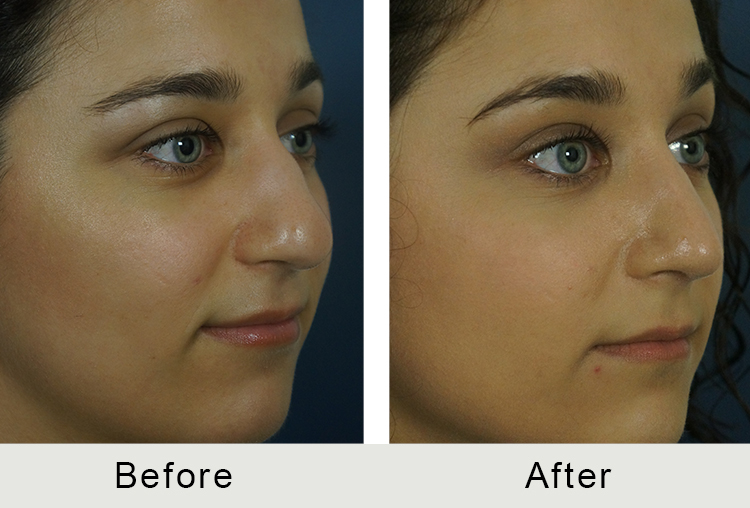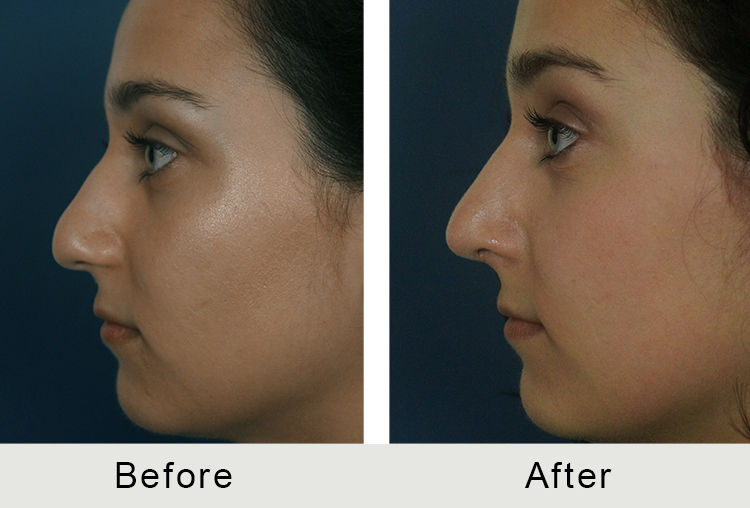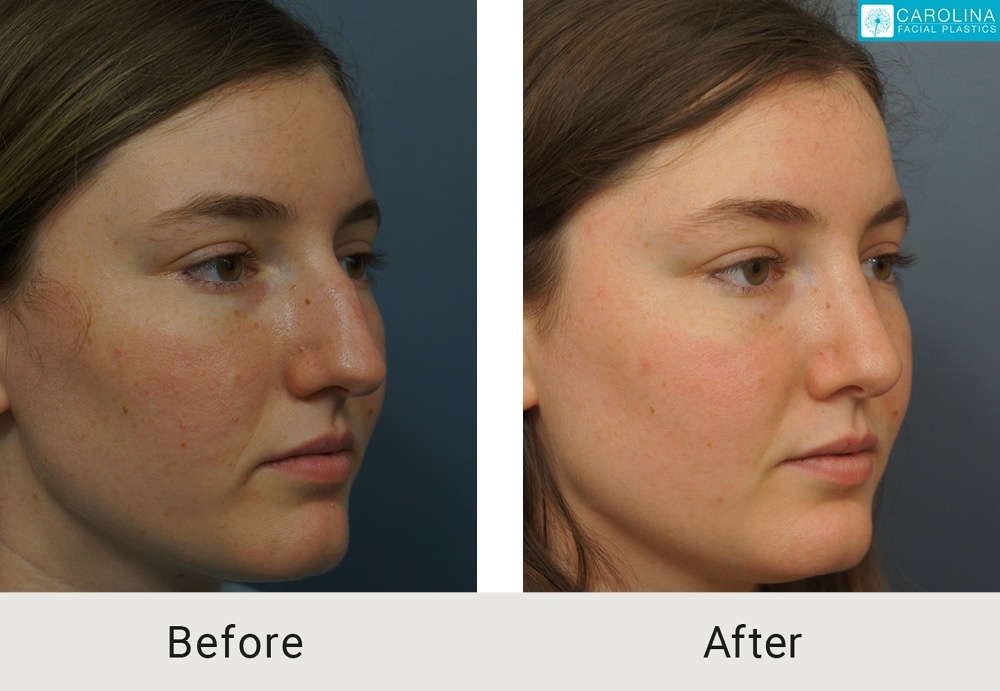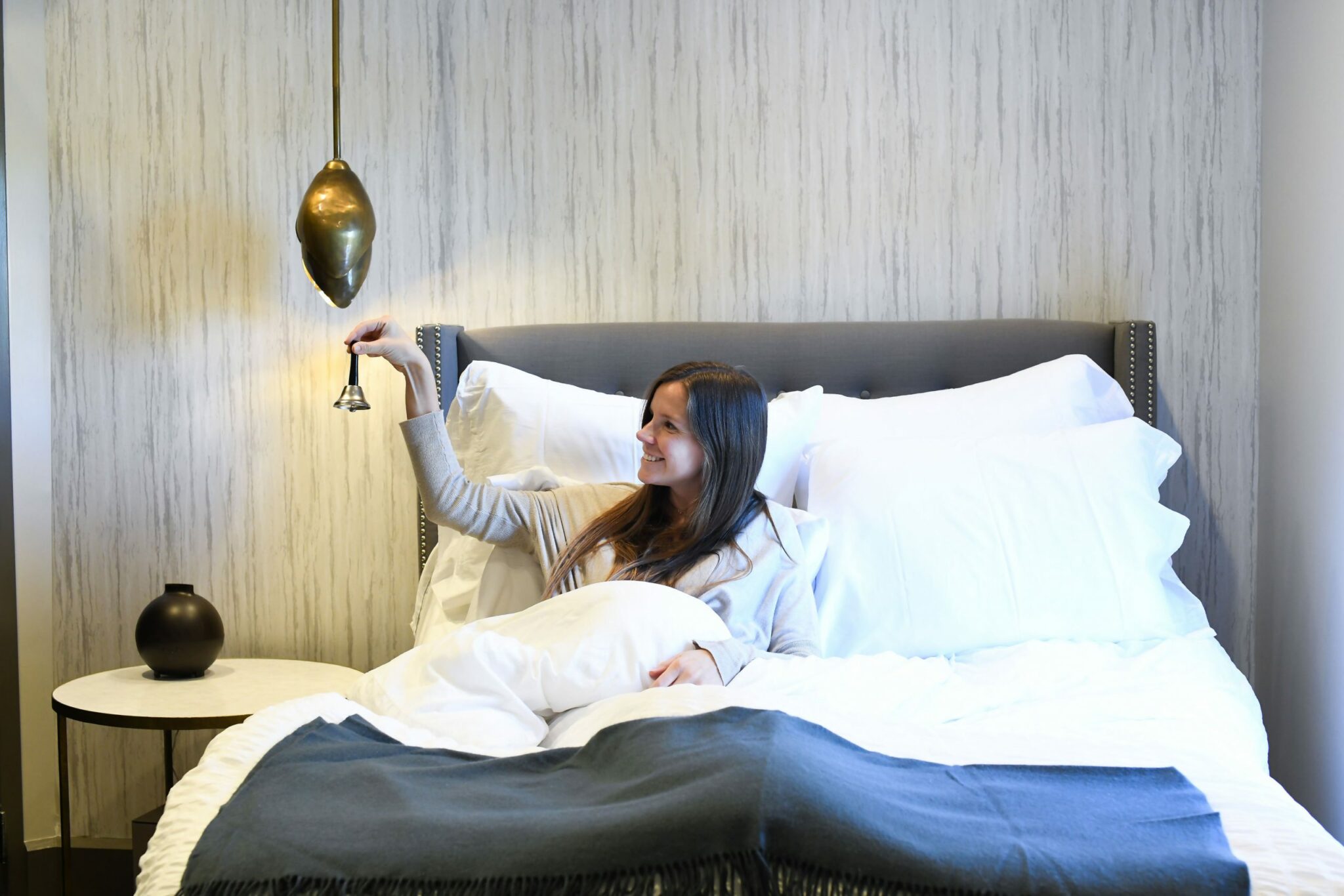Dr. Kulbersh’s Approach to Middle Eastern Nose Job
Dr. Kulbersh is the double board-certified facial plastic surgeon that heads up Carolina Facial Plastics. He trained under world-renowned plastic surgeon Dr. Paul Nassif in Beverly Hills, where he studied a wide range of rhinoplasty techniques. His goal for all types of ethnic rhinoplasty is to create natural improvement in the shape and size of the nose while preserving the patient’s heritage.
Dr. Kulbersh performs all of his surgeries at his private and accredited Fairview Surgical Suites. Patients may also choose to spend some of their recovery time at Fairview Recovery Retreat, a luxurious center where patients receive round-the-clock nursing care in a luxurious, resort-like setting.
Patients may have a variety of reasons for pursuing Middle Eastern rhinoplasty, including:












